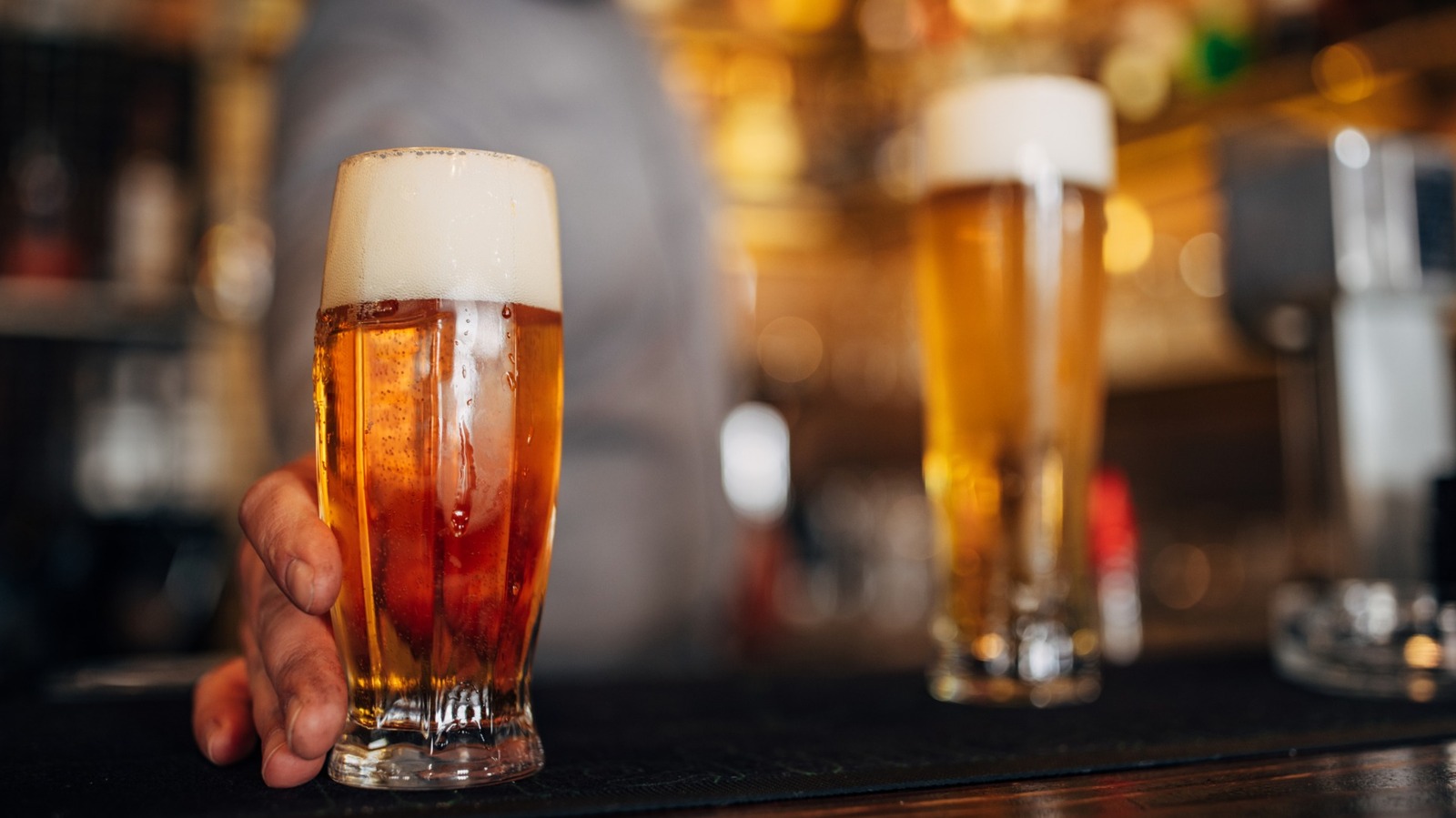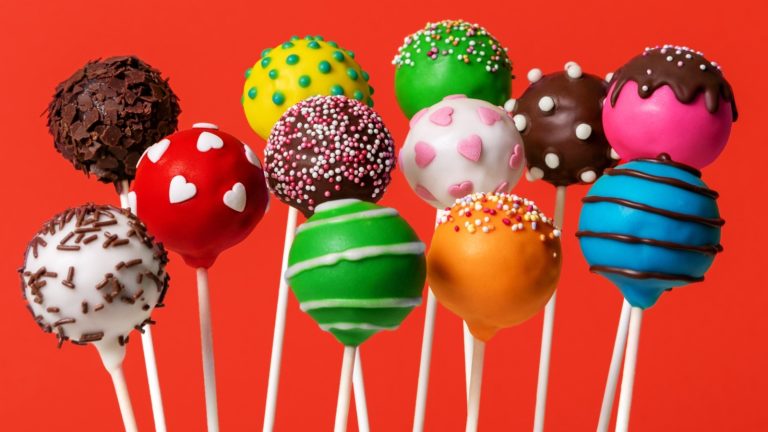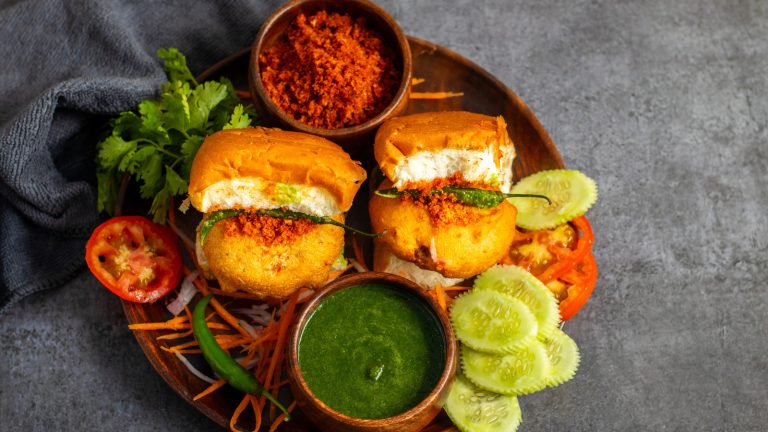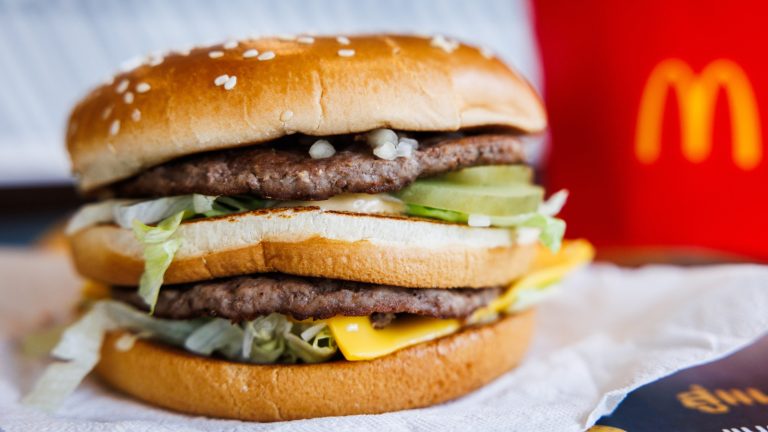People aren’t drinking beer like they used to anymore. While our lower beer-drinking habits can be boiled down to a number of different factors, one of the reasons is more and more people are checking out the sober-curious movement for themselves. This can be seen in the phenomenon that is the sober bar, but it can also be seen in more humble degrees, such as having more low-alcohol-by-volume beer options at your disposal. But, with low-alcohol-content beer choices lining your store shelves, how do you choose which ones to buy? To help you filter through all you need to know about low-alcohol-content beer, Chowhound reached out to an expert on the matter.
Stephen Alexander is the sales and marketing director for Tall City Brewing Company and is on the public relations and marketing committee for the Texas Craft Brewers Guild. Suffice it to say, Alexander knows the ins-and-outs of all things beer, including those beers with less alcohol than most. With this in mind, Chowhound asked Alexander about his favorite low-alcohol beers, as well as what he looks out for when searching for the best low-ABV beers on the market.
Stephen Alexander’s low-ABV beer recommendations
When it comes to choosing some low-alcohol beers, Stephen Alexander has several options in mind that all sit between 4% and 5% ABV. Landman Lager and Montucky Cold Snack are two lager options to pair with a variety of foods. These lagers are crisp, refreshing, and provide a nice alternative to traditional domestic lagers, such as Budweiser and Coors, or even imported lagers, such as Corona. Landman Lager and Montucky Cold Snack have alcohol contents of 4.5% and 4.1%, respectively, making them light and very “sessionable” beers.
But you don’t need to limit yourself to only lagers when looking for a beer that doesn’t have a ton of alcohol in it. Alexander suggests two more types of beer that offer big flavors for only a little bit of alcohol. Fancy Lawnmower, by Saint Arnold Brewing Company, is a Kölsch that sits at 4.9% ABV. Not to be outdone, Easy Street, by Odell Brewing Co., is a wheat beer offering that only has a 4.6% ABV, going to show that you don’t need stratospheric alcohol contents in order to enjoy some quality beers.
What ABV is considered low, anyway?
While taking a gander at Stephen Alexander’s low-ABV recommendations, you may be struck with the realization that these beers aren’t that far off from other beer selections in terms of alcohol percentage. This is for one simple reason: There are different categories of low-alcohol beers. There’s a legal distinction between what constitutes “alcohol-free” and “non-alcoholic” beer. In the United States, non-alcoholic beer must contain no more than half a percent ABV, and alcohol-free beer must not contain alcohol whatsoever. However, there’s some gray area in what you could define as a “low-alcohol” beer.
All of the options that Alexander lists might fall under the label of “session beer,” which Alexander explains can “sometimes [be] used interchangeably with ‘low-alcohol.'” Session beers are generally defined as being under 4% or 5% ABV. They’re also characterized, above all else, as being refreshing and not very heavy. Since there’s a cap at a relatively low alcohol percentage, these beers are low-alcohol in comparison to heavier, more potent options. But, if you’re looking to really cut back on your alcohol intake, you might want to look at non-alcoholic beer instead — even if it runs more expensive than regular beer.
Does low-alcohol or non-alcoholic beer taste different?
There are plenty of options out there when you’re looking for beer that has less alcohol than usual, but does that discrepancy actually affect the beer? When asked, Stephen Alexander notes that, while there are some great-tasting low-alcohol and even non-alcoholic beers on the market, you shouldn’t expect a one-for-one similarity when comparing these to your standard fare. Since beer, as a brewed beverage, normally has alcohol in it, you need to dealcoholize it in order to make a non-alcoholic drink. As such, Alexander says “you might notice slightly sweeter malts or odd, off-flavors if brands don’t rebalance after dealcoholization.” He also advises that “hops are volatile; some low-alcohol processes can strip out hop aroma, so look for brands that dry-hop post-dealcoholization.”
There can also be differences in the body of the beer, as well as in the taste. “Removing alcohol can also reduce viscosity, so many [non-alcoholic and low-alcohol] beers feel a bit thinner,” notes Alexander. He also mentions that “many mass-market [non-alcoholic] beers over-carbonate to mask thinness,” which can leave you with beer that “might feel gassy or overly fizzy.” If you’re a fan of extra-sparkling drinks, you’re in luck here. Just don’t expect the exact same drinking experience as you’d have with unadulterated beer.
How to pick out a quality low-ABV beer
It’s great to be aware of the small changes you may experience between your standard beer and other low-ABV options, but that doesn’t mean much if you can’t tell how to choose a top-notch, low-alcohol beer to begin with. Luckily, Stephen Alexander comes in with another scoop of advice on what to look out for to determine whether your low-alcohol option should be bought — or left on the shelf.
Regardless of whether you count calories, Alexander states that you should be wary of low-alcohol beers with suspiciously low calorie totals. “Lower calories often indicate too much adjunct sugar; a balanced low-ABV beer will still list realistic calories (~50 to 100 [calories] per 12 ounces),” he says. He also points out that you should look for beer using holistic ingredients. Beer is usually made with malted barley and often contains hops, which makes beer bitter –- your low-ABV options should be no different. “Look for malt-based brewing, real hops, and yeast rather than just ‘malt extract’ or ‘natural flavors,'” states Alexander, who also mentions to “look for the words ‘fresh hopped’ on the labels. This can hint at better flavor retention.” In short, all the stuff that makes a good regular beer also makes a good low-alcohol beer. Keep an eye out for these signs and choices, and you can enjoy some refreshing brews — without worrying too much about your alcohol intake.





